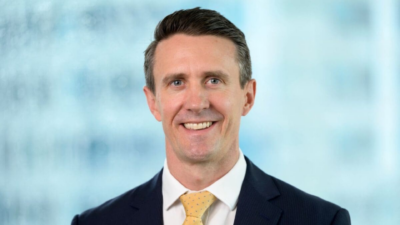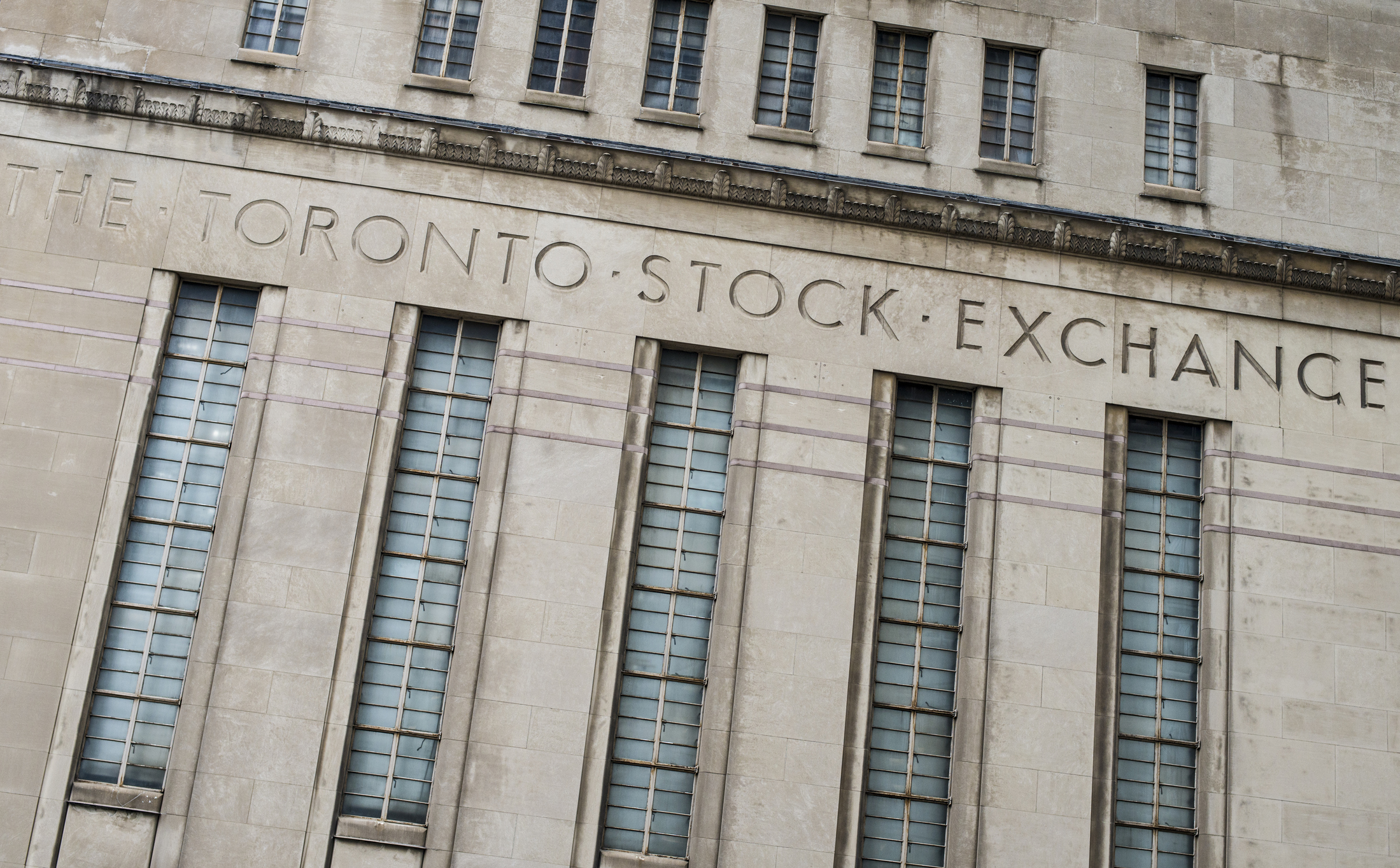The Your Future, Your Super time bomb in super’s big returns
There is not much to be unhappy about with this year’s superannuation returns, aside from the fact that they all seem to have come from the one place. Tech reigns supreme – again. The question is whether that will be the case this time next year and whether there’s anything that can (or will) be done to protect members if it isn’t.
Inside superannuation funds the question of whether Nvidia is actually one of the most valuable companies in the world is rhetorical. Love it or loathe it, they have to own it, and preferably at the benchmark weight. Doing anything else will incur Your Future, Your Super (YFYS) performance test tracking error and the possibility that their fund will be named and shamed as an underperformer and (potentially) closed.
And this is not a dig at Nvidia – or any other stock galloping alongside it – per se. If a pre-revenue company chaired by the ghost of Christopher Skase and domiciled in the Bermuda Triangle somehow shot to the top of the bourse tomorrow it would still find its way into the portfolio of Australian Retirement Trust, Aware Super, AustralianSuper – and so on.
For super funds, more than any other group of institutional investors, there really is no alternative; when the music is playing they must dance, and when equity markets hit all-time highs against a deeply troubled macro backdrop they must own them.
They could limit the potential damage by underweighting equities, like AustralianSuper did back in July last year, but that has the effect of making your one-year returns look bad (a tepid 8.5 per cent, described as everything from ‘sub-par’ to the dreaded ‘solid’) when everybody else is posting 11 per cent, and forces you to justify to your members and the Australian Financial Review what was an otherwise understandable risk management decision made with decades of experience and information to back it up.
For obvious reasons this is not the most appealing option – better to be up when everybody is up and down when everybody is down. Why would members switch when every fund is in the red? But while AustralianSuper’s move was objectively bad this time around, next time it won’t be.
Of course, the downside risk story is usually more compelling than one where everything keeps chugging along. Everything could be alright, Nvidia and the rest of the Magnificent Seven could be multi-trillion-dollar companies and super fund members could continue to benefit from owning them.
But the incentives would still be perverse; in the topsy turvy world of YFYS, the regulator only thinks a negative 20 per cent return is a bad thing if it’s 50 basis points worse than the benchmark. It might not be Nvidia, but everything crashes back to earth eventually – and YFYS means super funds will be holding on to whatever it is when it does.











